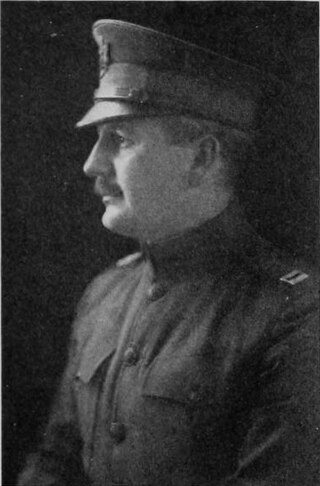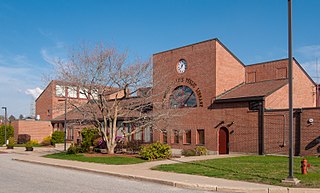
Raymond Mathewson Hood was an American architect who worked in the Neo-Gothic and Art Deco styles. He is best known for his designs of the Tribune Tower, American Radiator Building, and Rockefeller Center. Through a short yet highly successful career, Hood exerted an outsized influence on twentieth century architecture.
The year 2003 in architecture involved some significant architectural events and new buildings.
The year 1826 in architecture involved some significant architectural events and new buildings.
James Ingo Freed was an American architect born in Essen, Germany during the Weimar Republic. After coming to the United States at age nine with his sister Betty, followed later by their parents, he studied at the Illinois Institute of Technology, where he graduated with a degree in architecture.
Dietmar Feichtinger is an Austrian architect established since 1989 in Paris.

The Omni Providence Hotel is a Neo-Traditionalist skyscraper in downtown Providence, Rhode Island. At 100 m (328 ft), it became the fourth-tallest building in the city and the state on 15 February 2007, when the nearby slightly taller The Residences at the Westin topped out. Brick facades and a pitched roof adorn the building.
Neutelings Riedijk Architects is an architecture firm based in Rotterdam, the Netherlands, founded by Willem Jan Neutelings and Michiel Riedijk in 1987.
terrain:loenhart&mayr is a German studio for architecture, landscape architecture and landscape urbanism, founded and based in Munich.

Thomas Pucher is an Austrian architect.

Nader Tehrani is an Iranian-American designer and educator.

John Holden Greene (1777-1850) was a noted early nineteenth century architect practicing in Providence, Rhode Island. The bulk of his work dates to the late Federal period, and is mostly in the architectural style of the same name. Greene is responsible for the design of over fifty buildings built in the city between 1806 and 1830, almost half of which are still standing.

Alpheus C. Morse (1818-1893) was an American architect with offices in Providence, Rhode Island.
The year 2015 in architecture involved some significant architectural events and new buildings.

Sunay Erdem is a Turkish landscape architect and self-taught architect. He is one of Turkey's most prolific and best Landscape architects of his generation. Sunay Erdem founded Erdem Architects with his brother, Günay Erdem, in 1998.

Wallis Eastburn Howe (1868–1960) was a notable American architect from Rhode Island.

William R. Walker was an American architect from Providence, Rhode Island, who was later the senior partner of William R. Walker & Son.
Volker Giencke in Wolfsberg is an Austrian architect.

The Michael S. Van Leesten Memorial Bridge is a footbridge crossing the Providence River located in the city of Providence, Rhode Island. The bridge connects Providence's Fox Point neighborhood to the city's Jewelry District. Originally known as the Providence River Pedestrian Bridge, in July 2020 it was renamed in honor of Michael S. Van Leesten.

William Truman Aldrich FAIA was an American architect and painter. Though primarily a residential architect, he is also known for large museum buildings in Providence, Rhode Island, Worcester, Massachusetts and elsewhere.

William D. Warner (1929–2012) was an American architect and urban planner in practice in Providence and Exeter, Rhode Island from 1959 to 2012.












